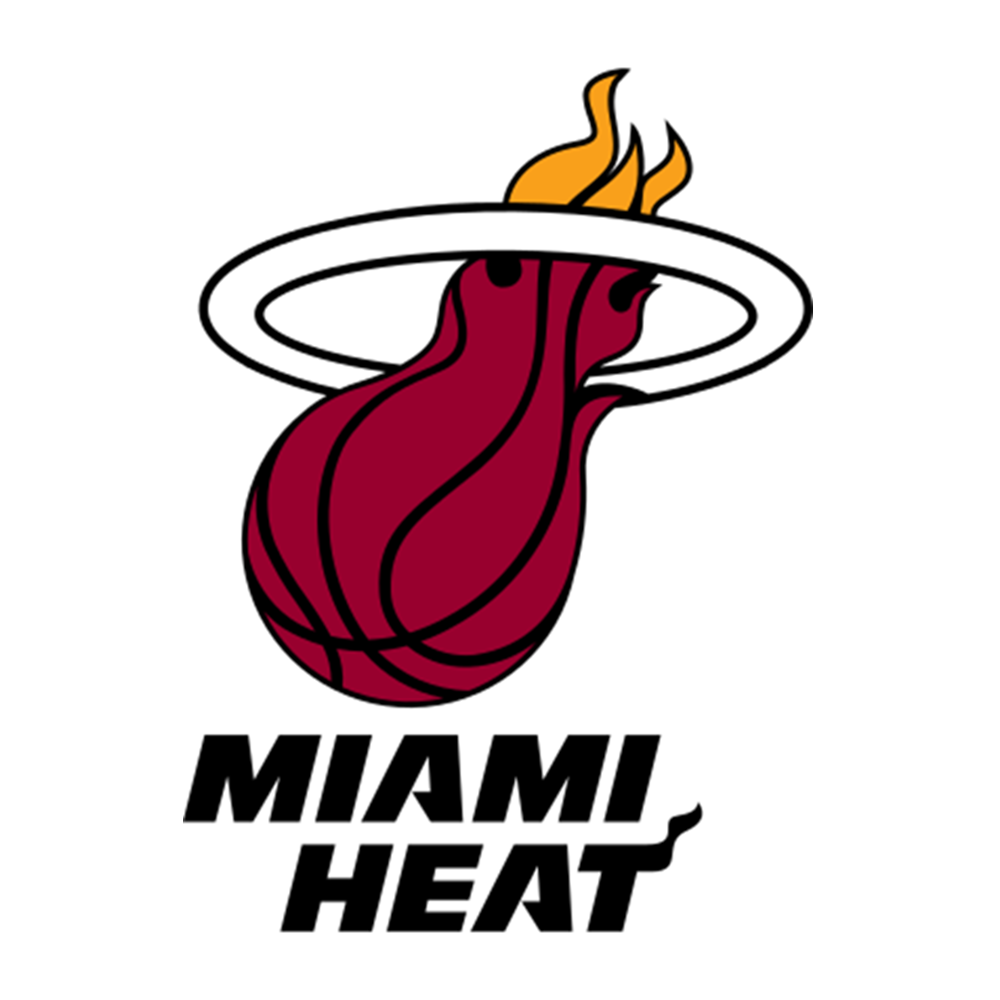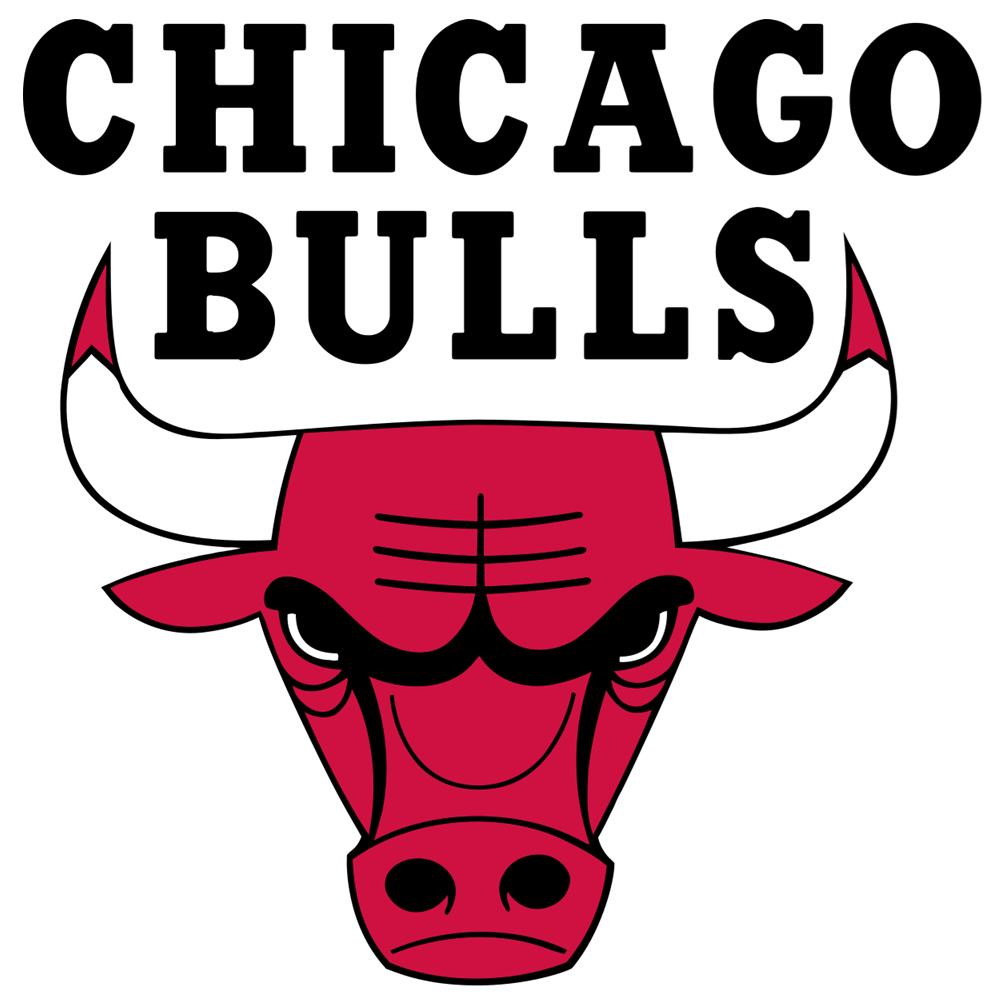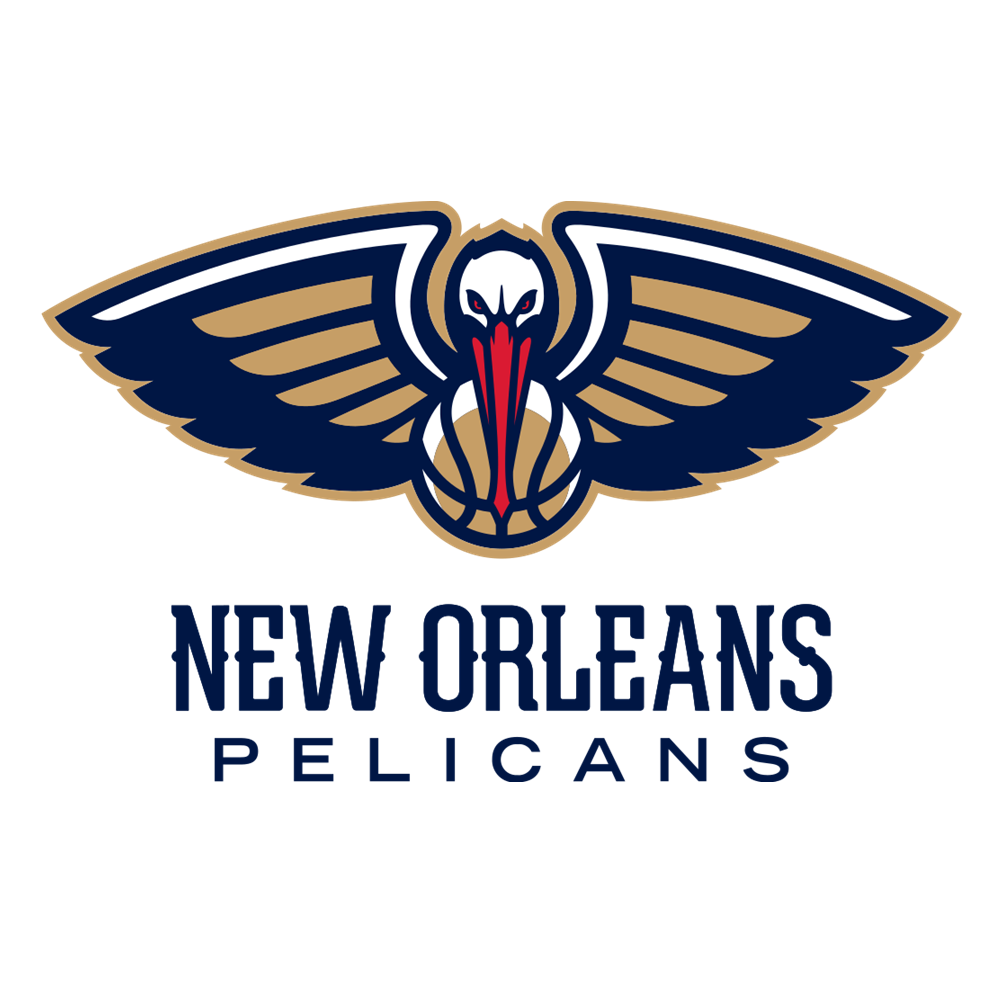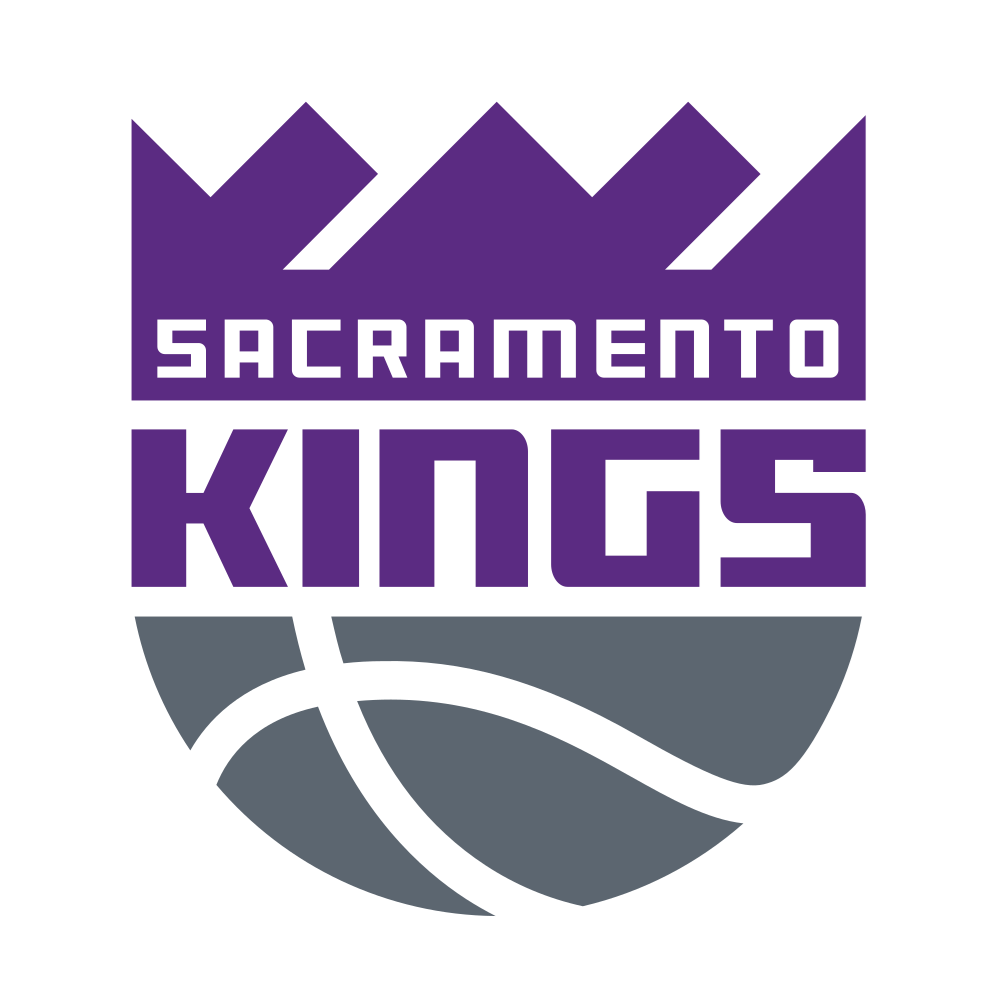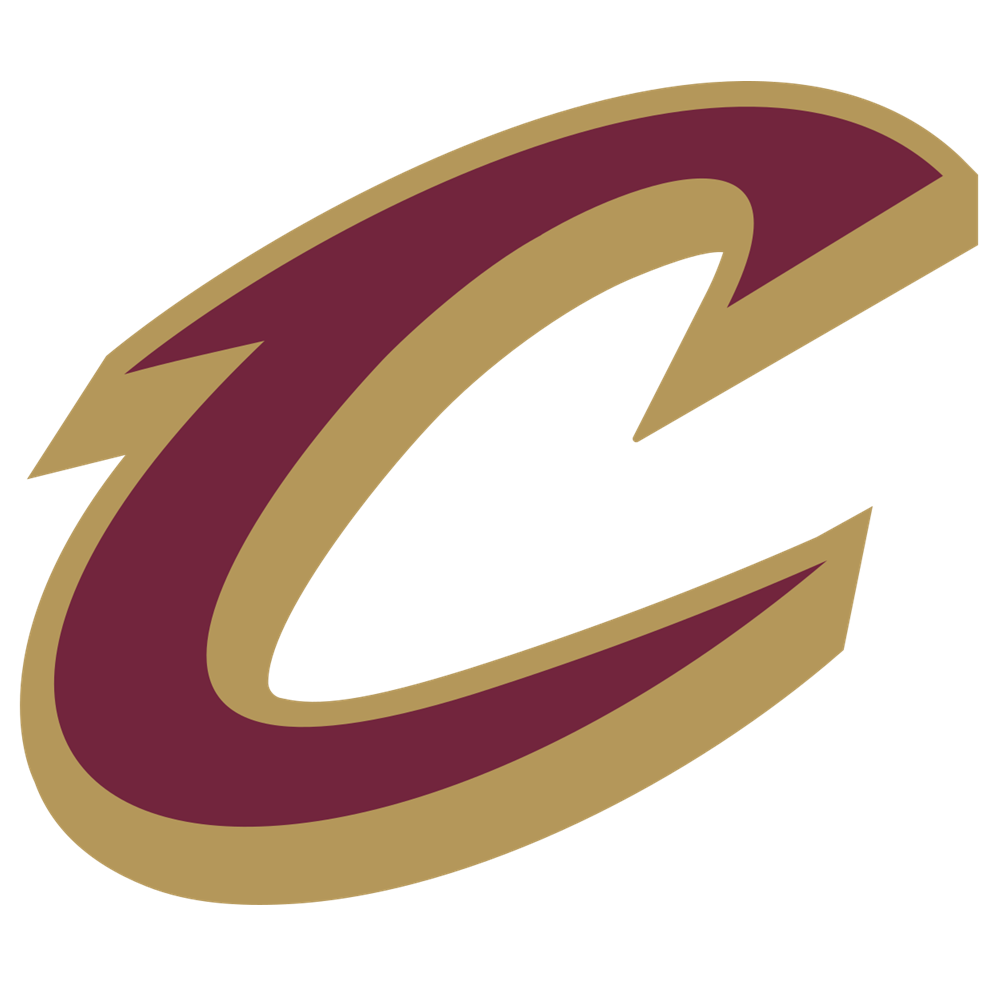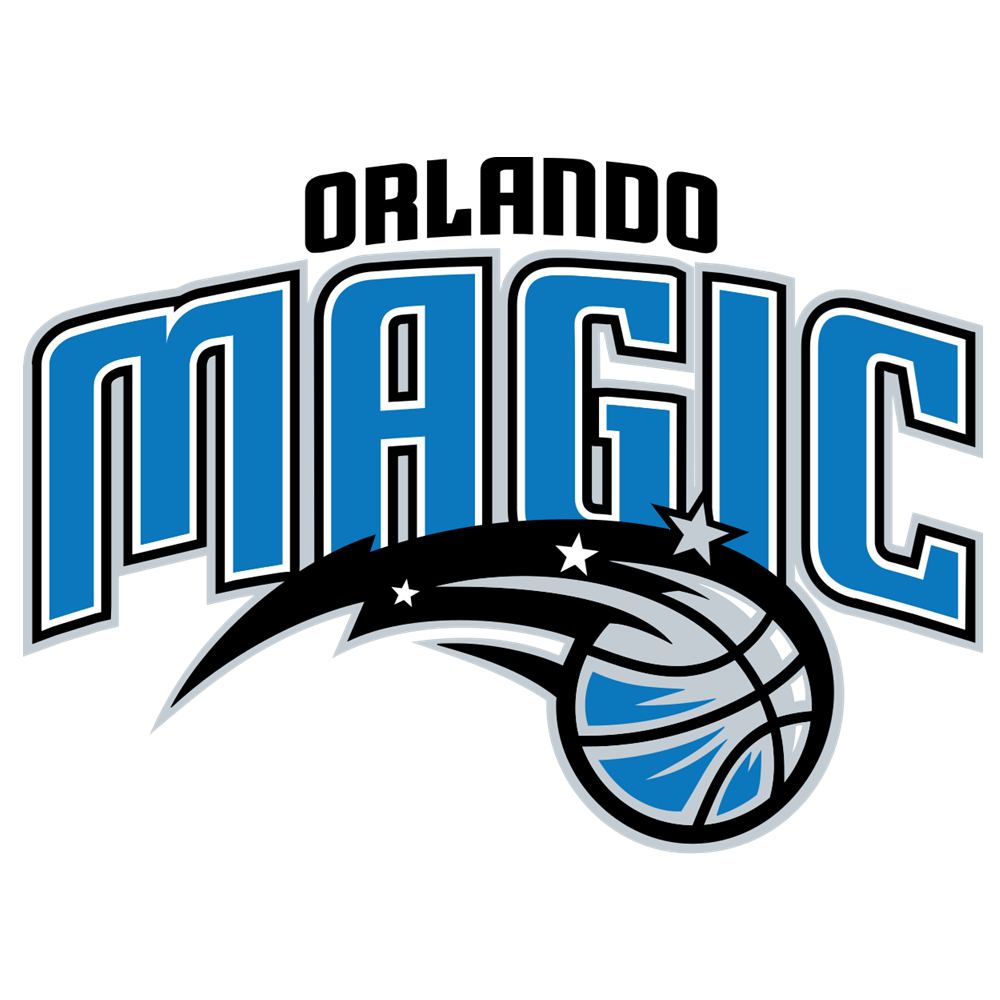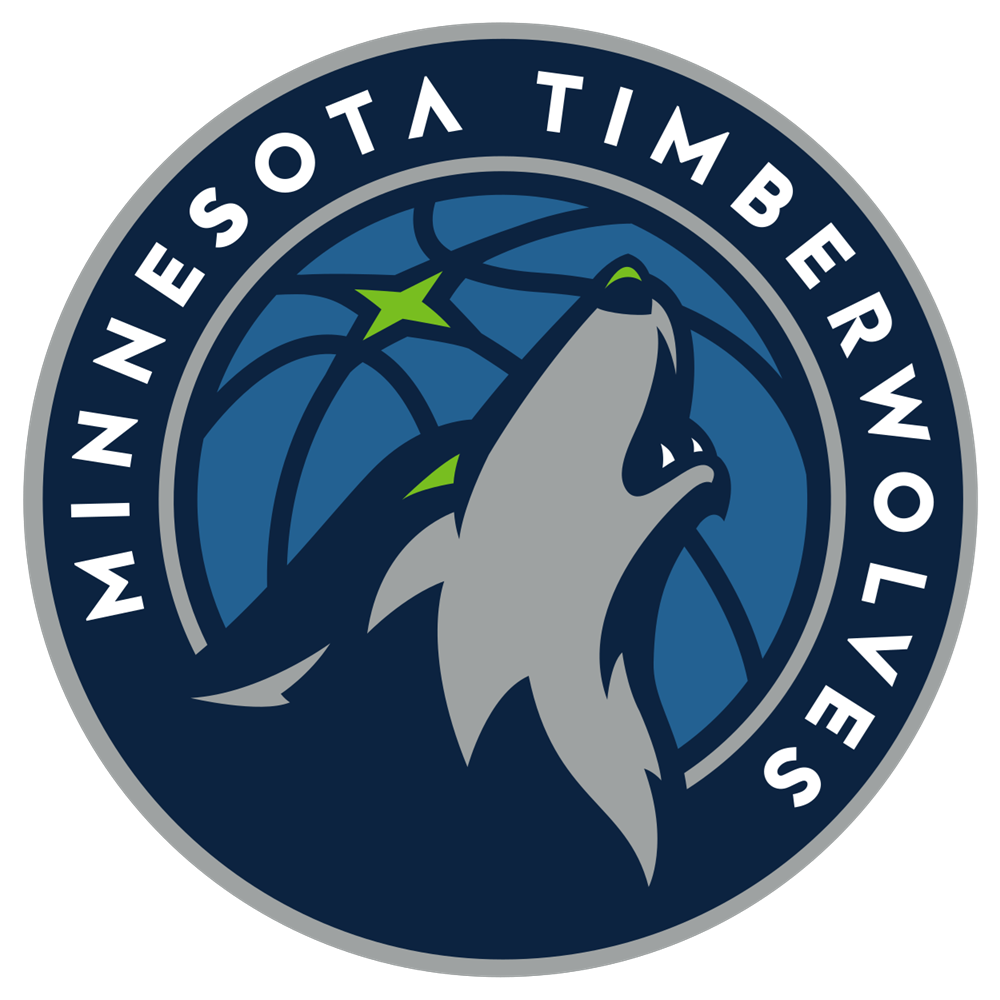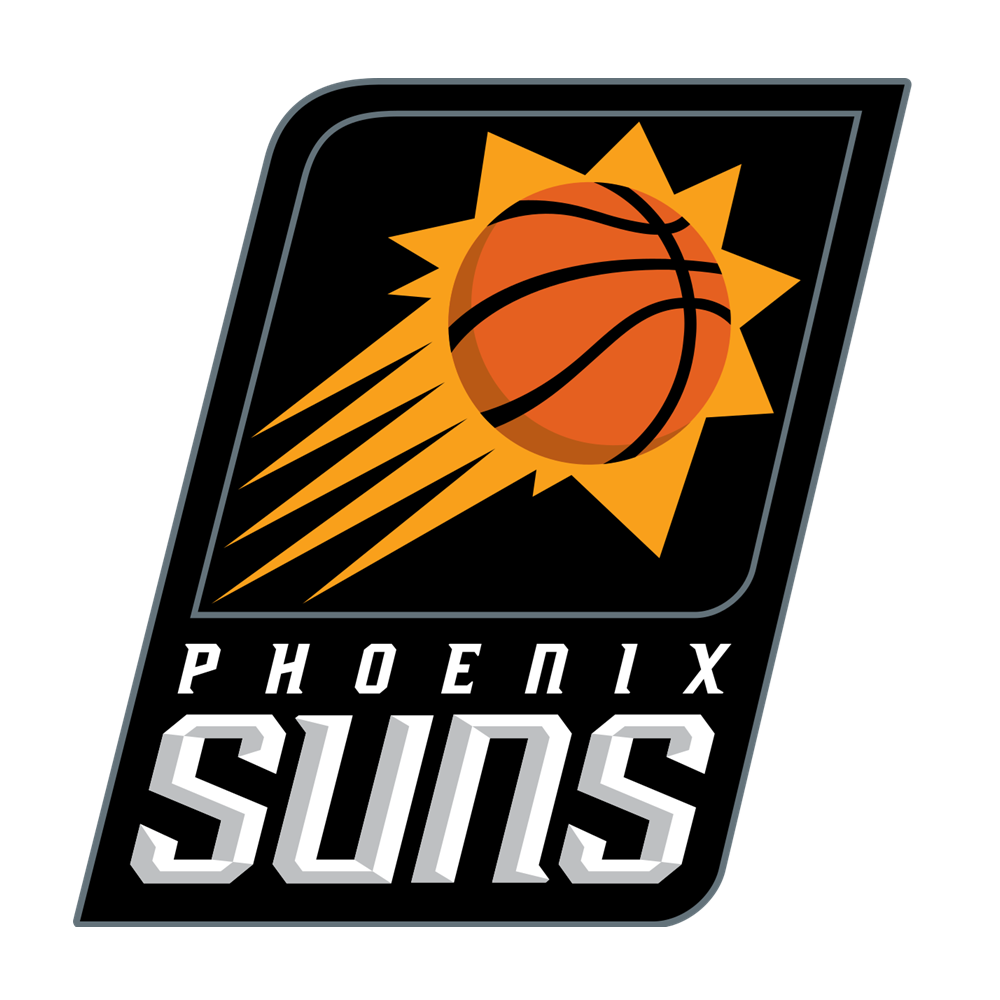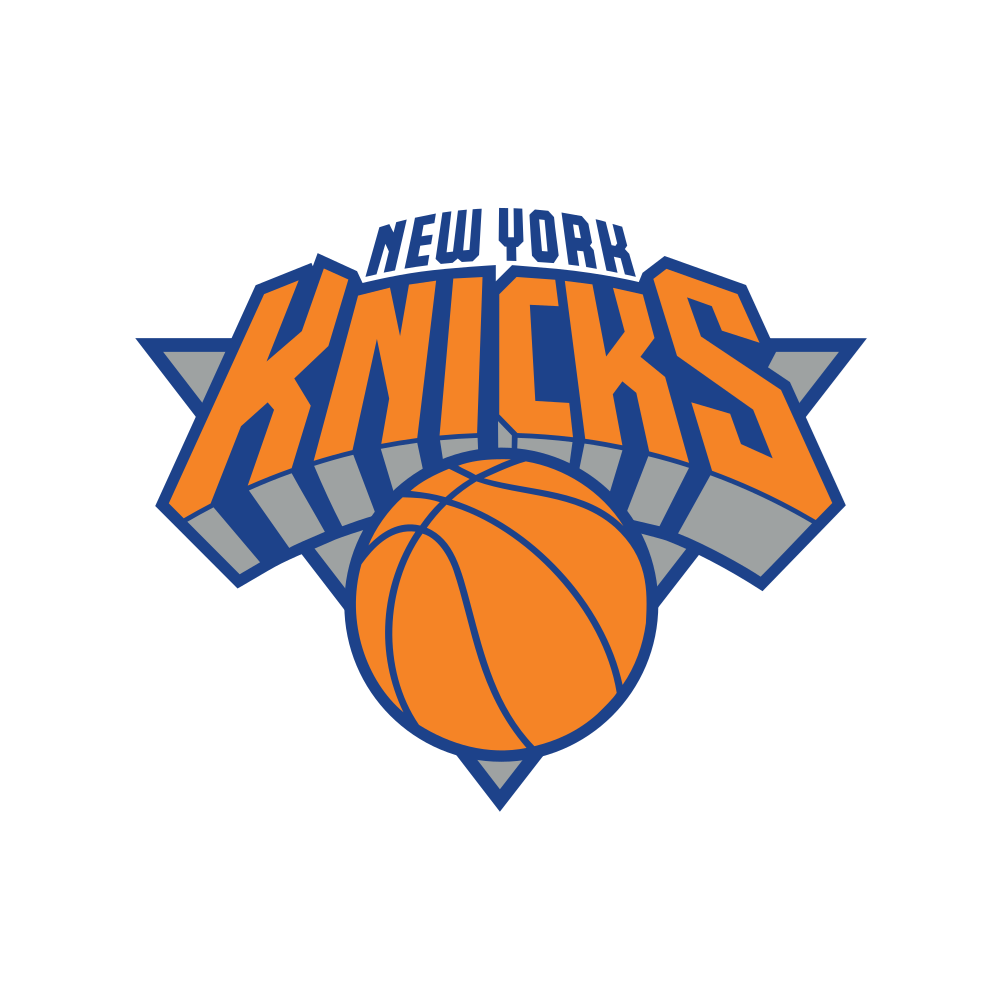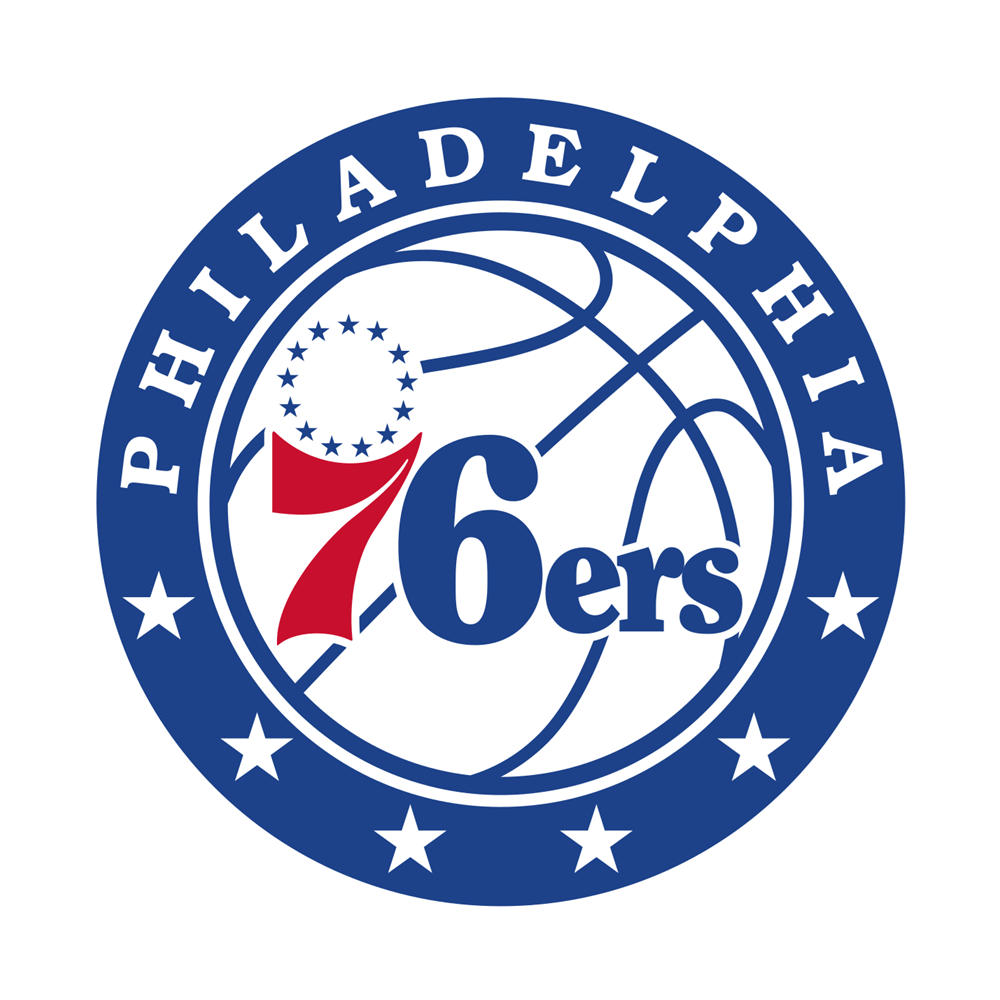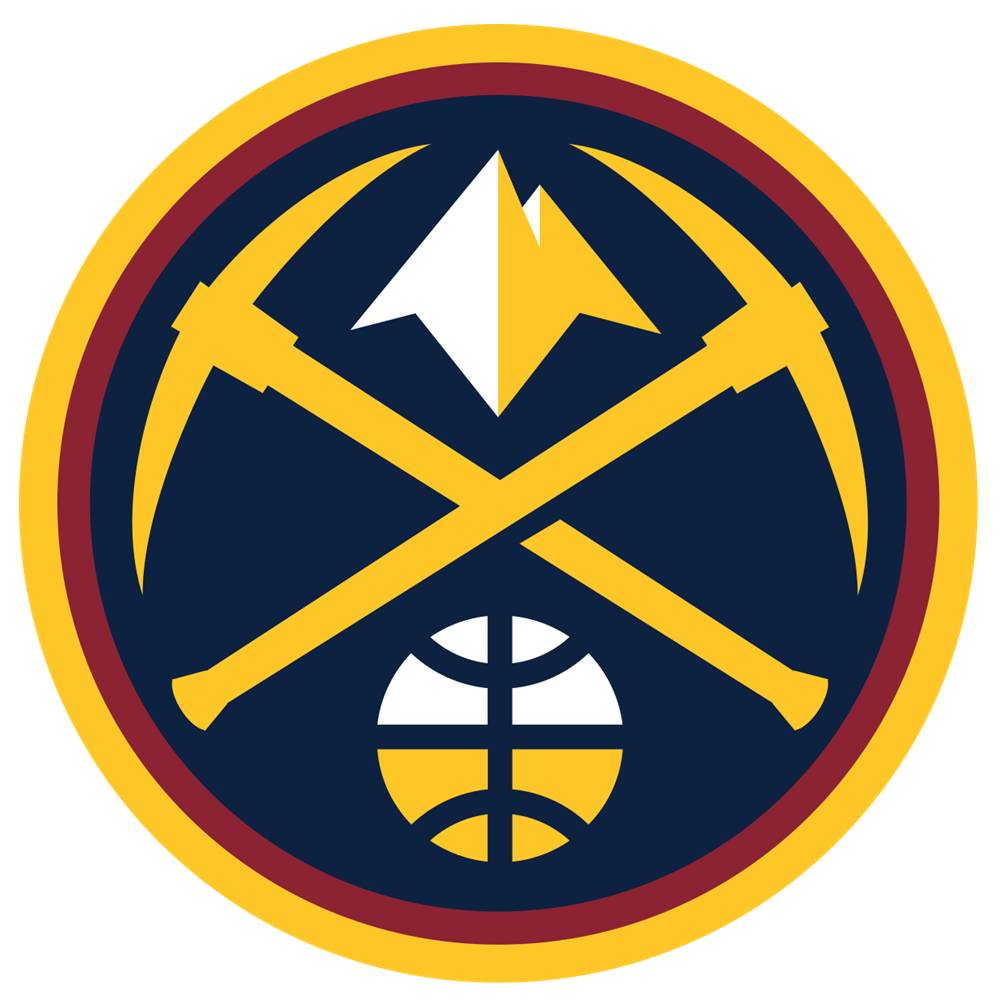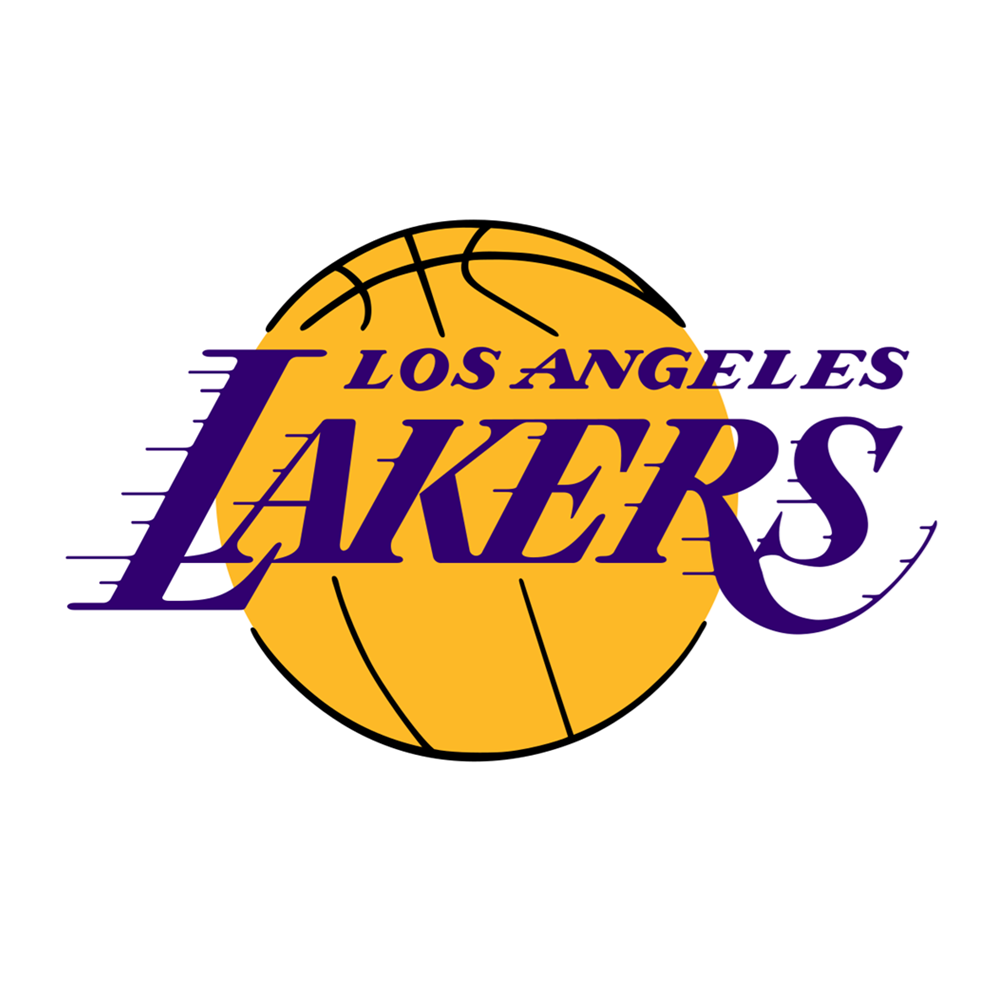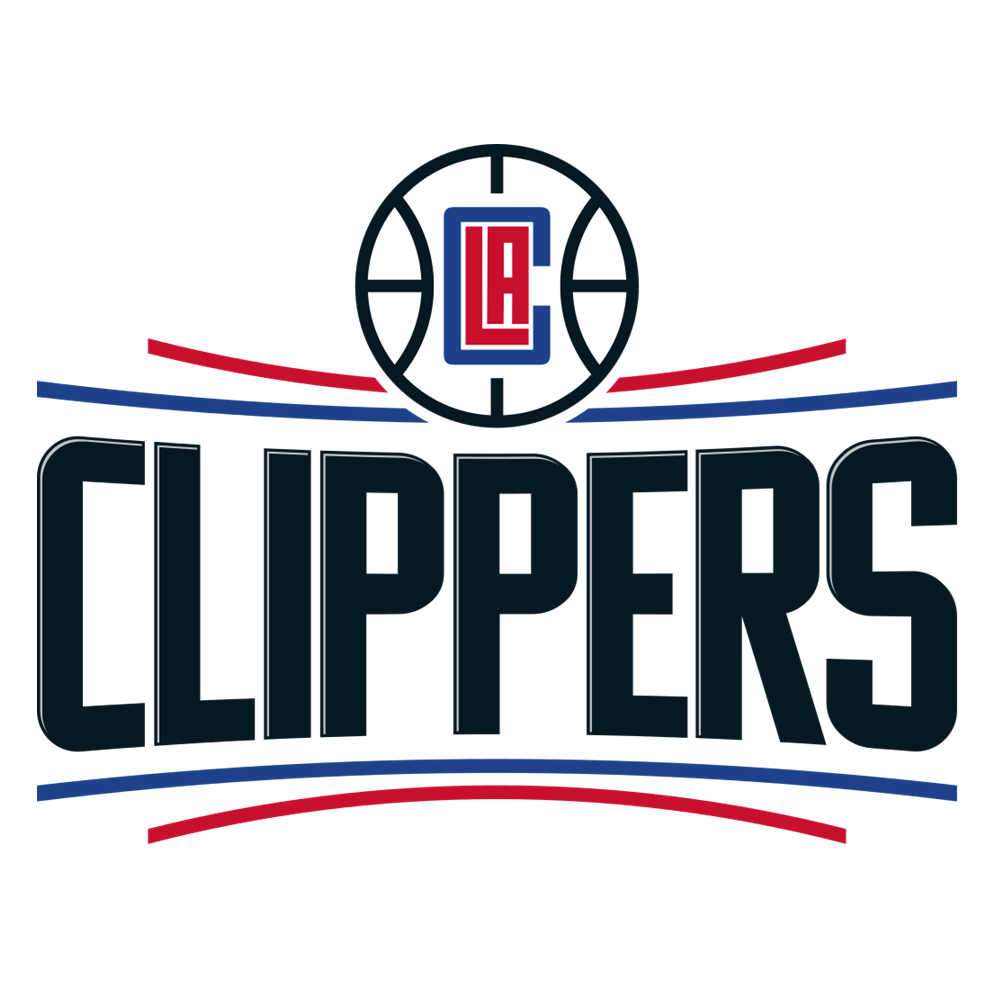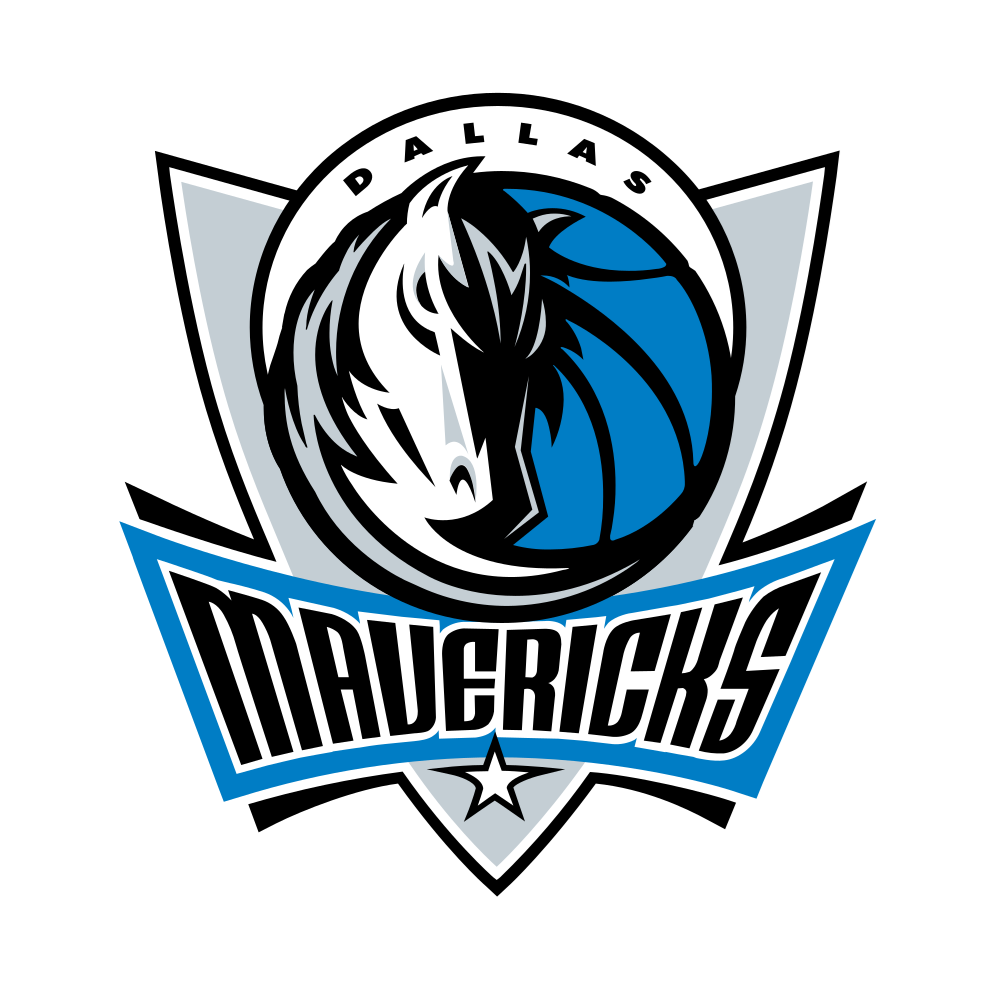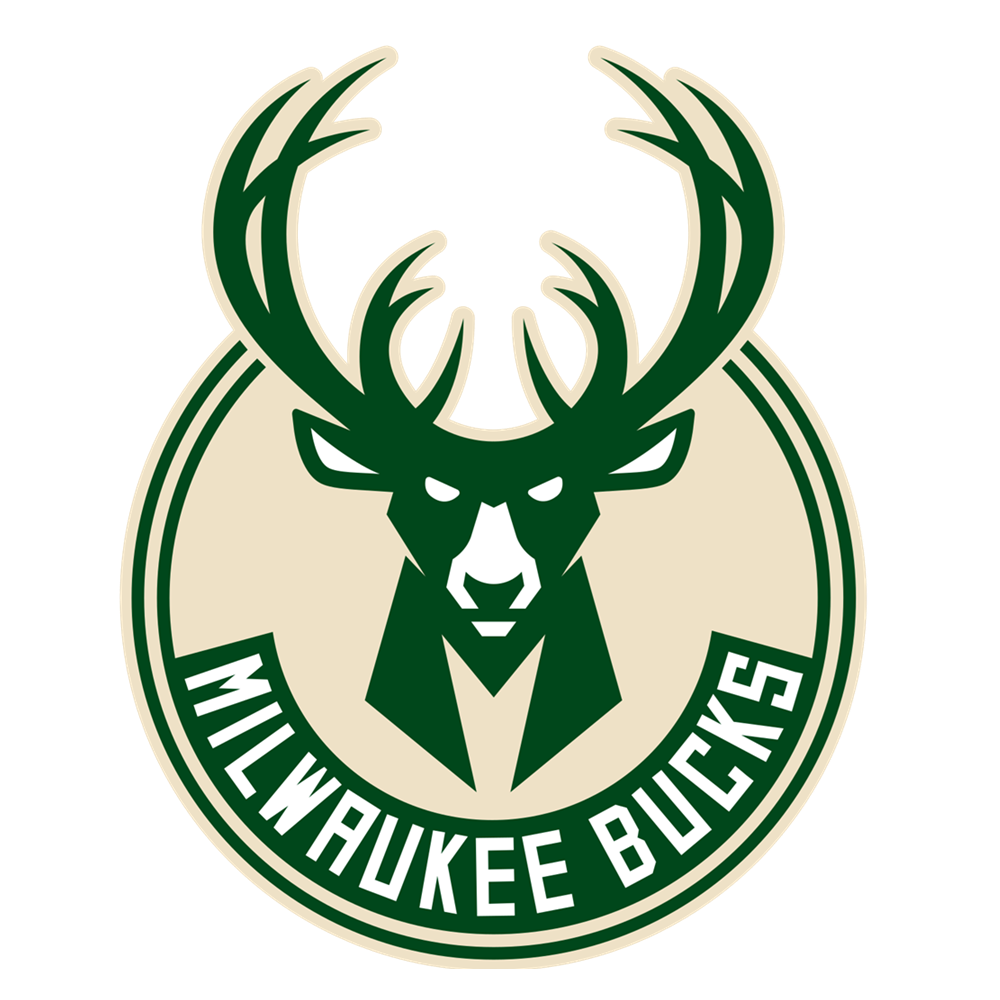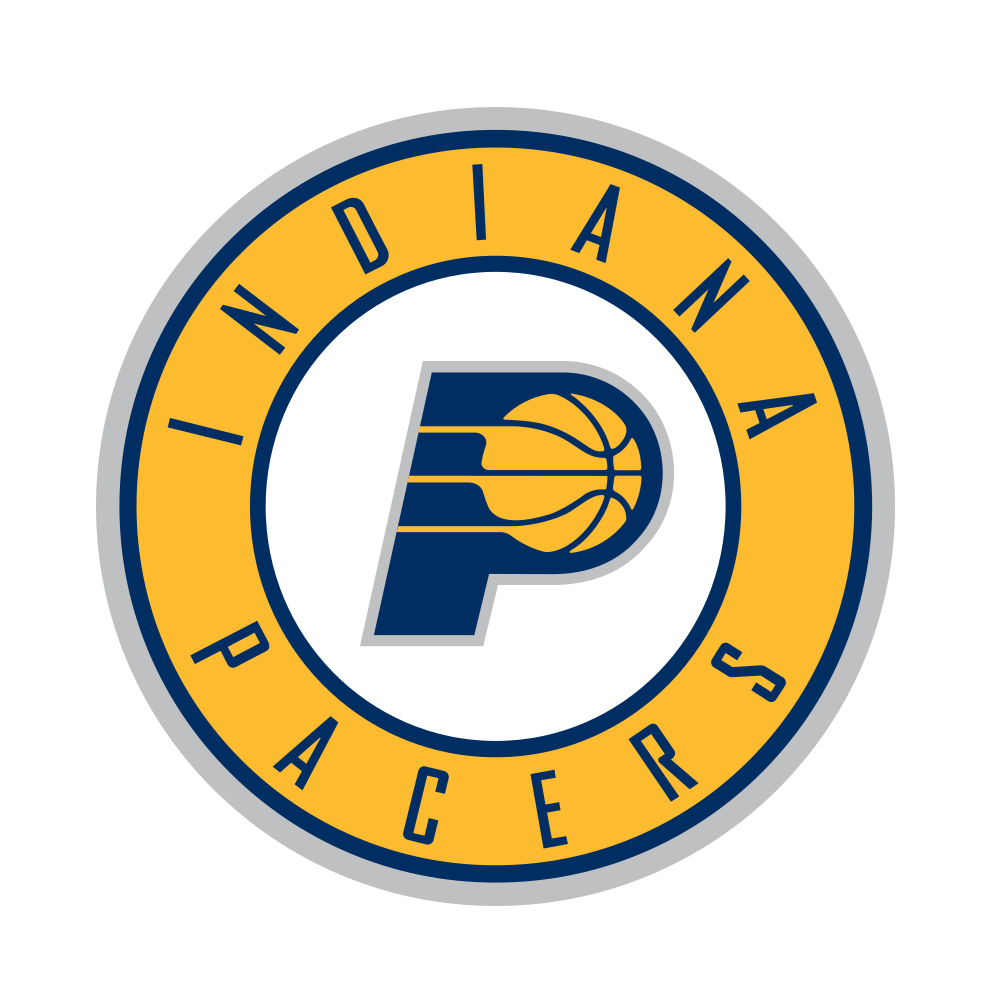When surveying winners of the NBA's 2018 offseason, the Los Angeles Lakers and Golden State Warriors immediately come to mind. The former signed LeBron James to an unexpectedly long four-year max deal, while the latter stole DeMarcus Cousins right out from under the noses of every other team, inking him to a one-year, $5.3 million contract via their taxpayer mid-level exception.
The Indiana Pacers also deserve consideration in the "best offseason" club, though.
Their low-key success began on draft night, when they scooped up UCLA guard Aaron Holiday with the No. 23 overall pick. The younger brother of New Orleans Pelicans guard Jrue Holiday and Chicago Bulls swingman Justin Holiday backed up Lonzo Ball during his sophomore season with the Bruins before moving back into the starting lineup as a junior. He averaged 20.3 points, 5.8 assists, 3.7 rebounds and 2.7 triples per game at UCLA this past season, and he shot north of 41% from three-point range during each of his three years in college.
That sharpshooting didn't carry over to the Las Vegas Summer League, where Holiday finished 21-of-61 overall (34.4%) and 7-of-24 from deep (29.2%) in his four outings as a starter. However, he averaged a well-rounded 14.5 points, 6.8 assists, 5.0 rebounds and 2.8 steals for the Summer Pacers, which suggests he may be able to handle spot minutes behind Darren Collison and Cory Joseph this upcoming season.
Even if Holiday requires more seasoning before he's ready for the NBA spotlight, the Pacers' depth will afford him that time. Meanwhile, Indiana can rely upon its new free-agent additions to help bolster a squad that blasted through expectations last year to finish with 48 wins and the No. 5 seed in the East.
The Pacers' biggest free-agent coup was undoubtedly Tyreke Evans, who agreed to a one-year, $12 million deal fresh off a resurgent season with the Memphis Grizzlies. Multiple knee injuries sapped Evans's effectiveness and threatened his NBA longevity, but he quelled those concerns by resembling his Rookie of the Year form last year while injuries ravaged the rest of his Grizzlies teammates.
With Mike Conley sidelined by a heel injury from mid-November onward, Evans absorbed an increasing amount of the team's ball-handling duties as the year progressed. He turned that career-high usage rate into 19.4 points, 5.2 assists, 5.1 rebounds and 1.1 steals in only 30.9 minutes per night, which put his per-minute production ahead of the pace he managed during his 2009-10 Rookie of the Year campaign.
There was one notable difference between the Evans of the past and last year's version, though: three-point shooting. Whereas Evans knocked down only 25.5% of his 141 three-point attempts as a rookie, he shot a career-best 39.9% on 286 attempts this past season. They weren't all of the catch-and-shoot variety, either. He shot an impressive 41.1% on 168 pull-up triples, and he hit 42.7% of his long-range bombs that came after three or more dribbles.
Alongside Victor Oladipo, who buried a career-best 37.1% of his three-point shots last season, and Darren Collison, who led the NBA by shooting 46.8% from deep, Evans will give the Pacers yet another player capable of creating offence both for himself and others. If he can't usurp Bojan Bogdanovic as Indiana's starting small forward, he'll pair with Cory Joseph to orchestrate offence for the reserve unit at times. Having that many shot-creators will make the Pacers infinitely more difficult to guard, as opponents can't focus in on stopping one player to stifle the entire team's offence (a la the 2016-17 Houston Rockets).
Evans may be Indiana's splashiest addition of the summer, but reserve big man Kyle O'Quinn could wind up being a sneaky impactful signing as well.
Last year, the Pacers relied on second-year big man Domantas Sabonis and the ghost of Al Jefferson as their backup centers behind Myles Turner. Sabonis showed out offensively, averaging 11.6 points, 7.7 rebounds and 2.0 assists in only 24.5 minutes per game, but his defensive impact was far more muted. Opponents shot only 5.1 percentage points worse than average within six feet of the basket while he defended them, and he ranked 64th among 79 centers in ESPN.com's defensive real plus-minus.
O'Quinn may not provide the offensive pop Sabonis does, but he'll help fortify the second unit's defence. Despite playing for a dismal, defensively challenged New York Knicks team last season, O'Quinn limited opponents to only 52.9% shooting within six feet of the basket - a whopping 9.5 percentage points worse than average - and he ranked 22nd among centers in DRPM. He may not be as impactful as his metrics would suggest, but he'll be a marked defensive upgrade over Sabonis and Jefferson nevertheless.
Indiana's lone head-scratcher of the offseason was the decision to give Doug McDermott a three-year, $22 million deal on the first day of free agency. With few teams around the league possessing salary-cap space, it seemed as though the Pacers overpaid for his services, especially considering what similar shooters such as Wayne Ellington (one year, $6.3 million) and Marco Belinelli (two years, $12 million) later received.
Then again, Indiana was in the unique position to make such a gamble. With Evans, Collison, Joseph, Thaddeus Young and Bojan Bogdanovic all set to come off their books following the 2018-19 season, the Pacers aren't saddled with big-money, long-term deals. At the moment, Oladipo, McDermott and Holiday are the only three players with guaranteed contracts beyond this season (although the Pacers will all but assuredly pick up their team options on Sabonis and T.J. Leaf as well).
McDermott is a horrendous defender, but much like with O'Quinn, Indiana can help to cover up that weakness by limiting his role. He projects as little more than a bench sharpshooter, a role in which he thrived with the Dallas Mavericks this past season. During his 26-game stint with Dirk Nowitzki and Co., McDermott went 39-of-79 from three-point range (49.4%), and he shot 42.5% from deep during his last full season with the Chicago Bulls in 2015-16. With Oladipo, Collison, Evans and Joseph all capable of feeding him off drive-and-kicks, his one job will be to knock down open treys, nothing more.
The Boston Celtics, Toronto Raptors and Philadelphia 76ers are bound to draw most of the headlines in the LeBron James-less Eastern Conference this year, but those sleeping on Indiana should do so at their own peril. The Pacers don't have a Kyrie Irving, Kawhi Leonard or Joel Embiid, but there's something to be said about a roster that goes at least eight or nine deep with few exploitable weak spots.
The Pacers will fly under the radar because of their lack of star power, but don't be surprised if they flirt with a 50-win season and again emerge as the team no opponent wants to draw in the first round of the Eastern Conference playoffs.
